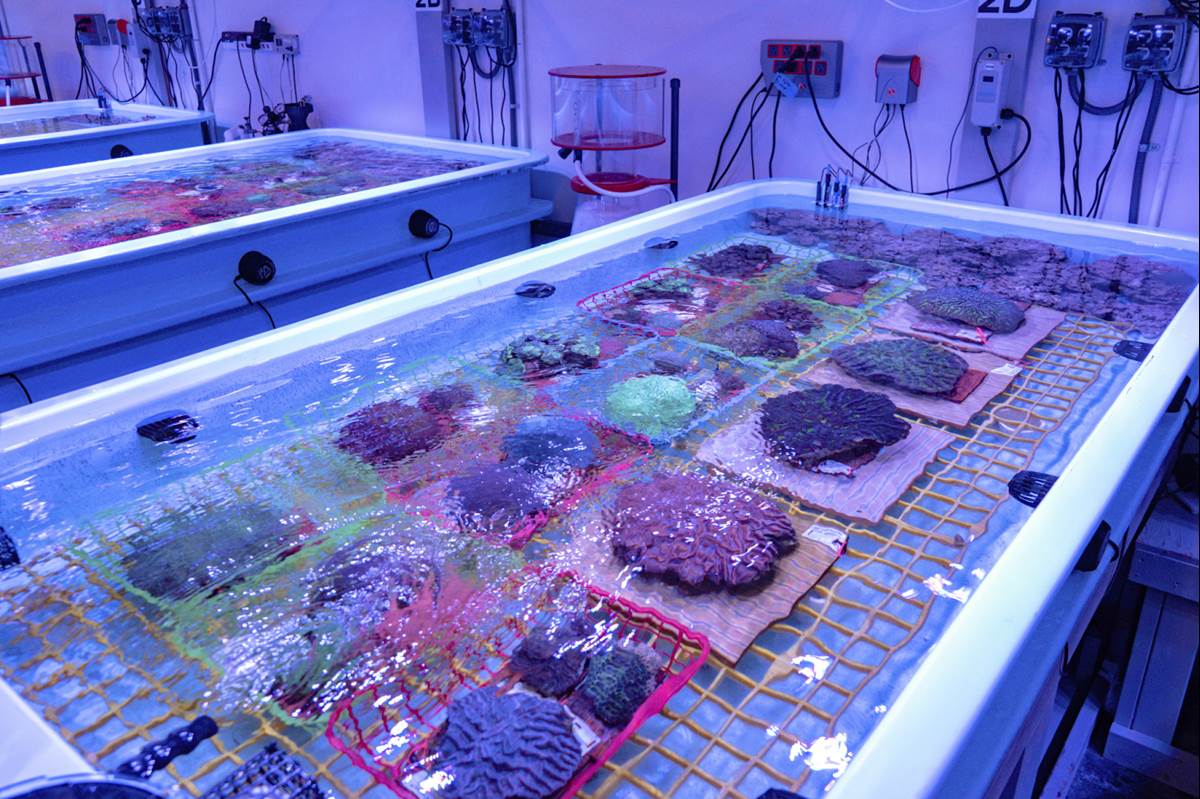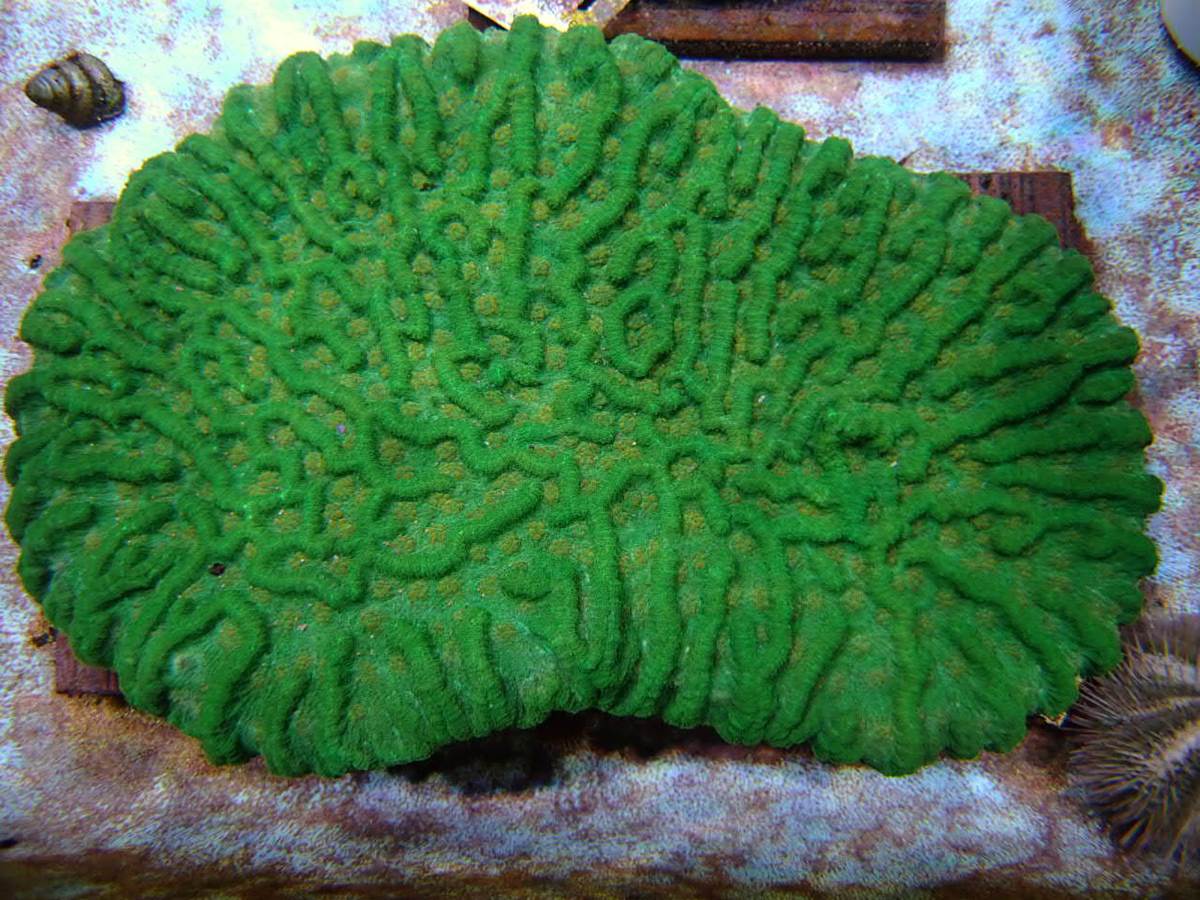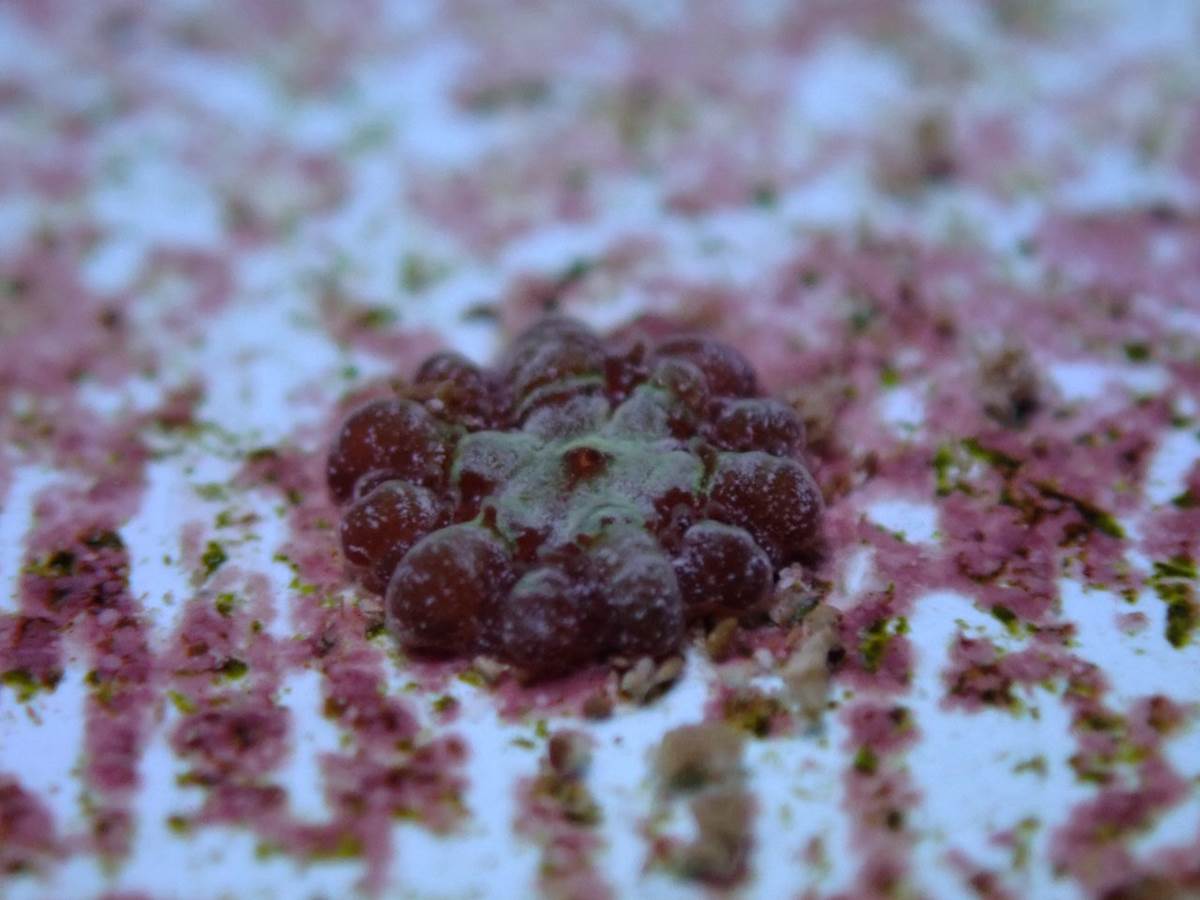Florida Coral Rescue Center Working to Help Save Corals
Rough cactus coral is listed as threatened under the U.S. Endangered Species Act. SeaWorld at the Florida Coral Rescue Center, funded by the Disney Conservation Fund and the Fish & Wildlife Foundation of Florida, is making a difference.
What's Happening:
- The two-thousand-square-foot state-of-the-art Florida Coral Rescue Center (FCRC) is a member facility of the Association of Zoos and Aquariums, Florida Reef Tract Rescue Project (AZA-FRTRP), and the largest Florida Coral Rescue facility in the country.
- This is now the home to hundreds of new cactus coral.
- Reproduction in human care is an extremely rare event, but over the past several weeks, the reproduction known as larval release has been happening.
- It is thought to be the first documented occurrence of this threatened species in human care.
- SeaWorld manages the FCRC with a team of aquarists to provide care for rescued Florida corals.
- There are 18 species of coral from the Florida Reef Tract, which is also known as Florida’s Coral Reef. There are also species listed under the Endangered Species Act.
- These corals are part of a large-scale breeding effort to produce offspring that is going to be used to restore Florida’s coral reef.
- There are more than 700 corals in their care. FCRC is working with Florida corals as permitted by the State of Florida and is crucial to the SCTLD response plan.
- Rough cactus corals are brooders, which means the embryos fertilize within the coral colony and are released as swimming larvae.
- A few days after release from the parent colony, the larvae will make their way onto hard surfaces like a small tile that FCRC aquarists have placed near them in their nursery pools.
- Wherever they attach, they will begin to grow into corals.
- For this species, it is typically from December to March.






